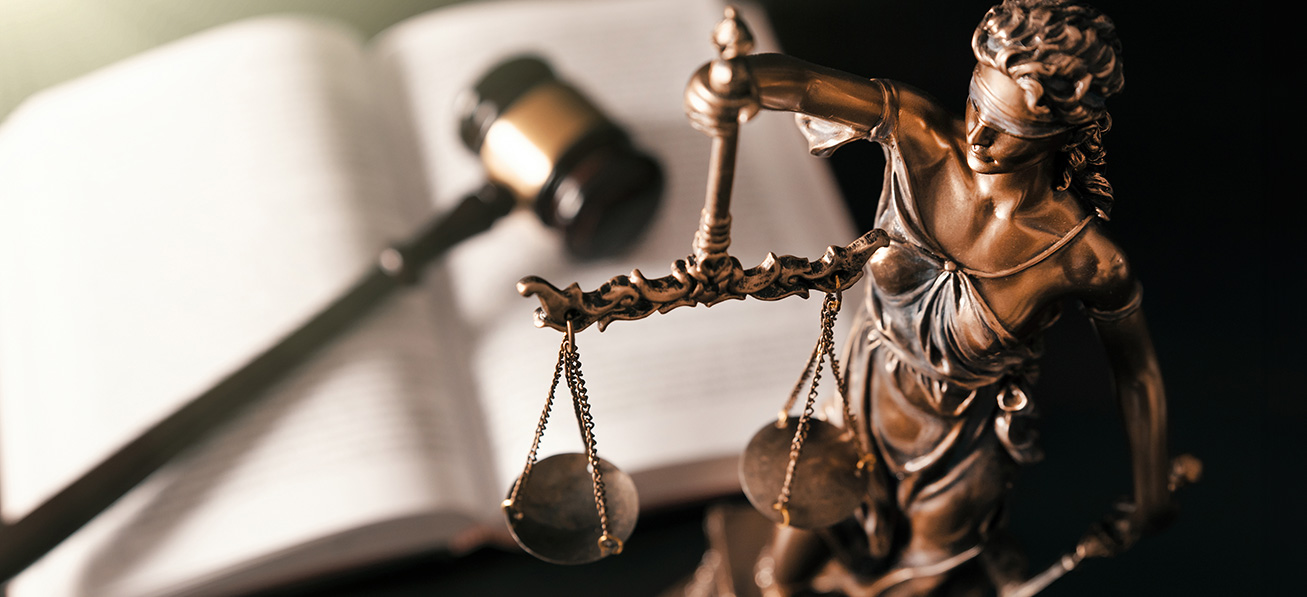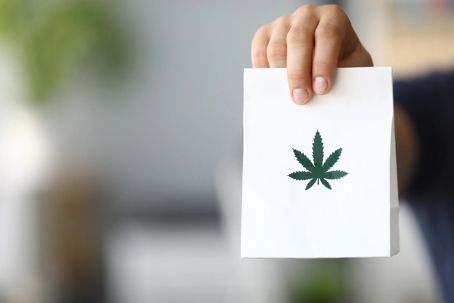1. Marijuana is a bad word.
Start calling it Cannabis. Tell your clients, friends, family and everyone you know to call it cannabis. Think about cannabis being legal until the state proves it is not. Object and file a motion in limine for the State and all their witnesses from calling it marijuana (other than reading the charging instrument) until the Judge admits scientific testing. Marijuana is a legal conclusion based on scientific testing.
2. Did your client buy the cannabis from a Texas gas station, corner store, head shop, CBD store, or a random person on street?
Don’t forget about intent! Did your client intend to possess hemp or have no clue what they possessed? If they did not buy it from a legitimate dispensary in a legal State, then they have no idea whether it is legal or illegal cannabis.
3. Hemp vs. Marijuana
Cannabis, whether it is legal hemp, or illegal marijuana, is the same plant. [1]
4. There is no such thing as the smell of marijuana.
There is the smell of cannabis. Why is the smell of cannabis probable cause if it can just as easily be legal/illegal?
5. You cannot tell whether cannabis is legal or illegal based on visual identification.
6. 1% percent testing is not how the scientific community or the cannabis industry test cannabis.
There is also no standardized methodology for testing cannabis. Each lab test cannabis according to their own developed methodology. (1% testing was developed across the country because a lot of the crime labs don’t have the ability to do quantitative testing with high-performance liquid chromatography or gas chromatography with a flame ionization detector).
7. Look out for the sample size and the amount of cannabis tested.
Did they test a couple of grams out of a couple different pounds? They did not test all of it. Object to any extrapolation that the entire amount not tested is also illegal cannabis. Tetrahydrocannabinol levels are not consistent throughout the plant. [2]
8. Drug Manual SD-03-06 page 59 of 159 Section 9 Limitations
Texas Department of Public Safety states that their testing doesn’t not distinguish between hemp or marijuana. [3]
9. The state must prove all penalty group 2 cannabis is derived from marijuana, if it is hemp derived it is legal regardless of the THC concentration[4].
The Texas Department of Public Safety can only test oils and vape cartridges. The test results will include the following language: The substance is reported as “Contains delta-9-THC (per HSC Chapter 481.103: delta-1-tetrahydrocannabinol)” with the following result note: “The concentration of delta-9-tetrahydrocannabinol (THC) was determined to be above the laboratory’s administrative threshold of 1% THC. The laboratory is unable to determine if the reported tetrahydrocannabinol is derived from marihuana, hemp, or was synthetically produced.”[5]
10. Other Crimes
Tampering with evidence, unlawful carrying a weapon, possession of drug paraphernalia or any other crimes that allege marijuana as an element require the state to prove the cannabis is marijuana.
If you have been charged with a marijuana related offense in Amarillo, Texas call Adam Tisdell, or reach out through our contract forms, today for a free consultation.
[1] Texas Health and Safety Code Section 481.002(26) "Marihuana" means the plant Cannabis sativa L., whether growing or not, the seeds of that plant, and every compound, manufacture, salt, derivative, mixture, or preparation of that plant or its seeds and Texas Agriculture Code Section 121.00 "hemp" means the plant Cannabis sativa L. and any part of that plant, including the seeds of the plant and all derivatives, extracts, cannabinoids, isomers, acids, salts, and salts of isomers, whether growing or not, with a delta-9 tetrahydrocannabinol concentration of not more than 0.3 percent on a dry weight basis.
[2] Texas Department of Public Safety Seized Drug Manual SD-03-01 page 37-40 Section 4.3, 4.4
[3] Texas Department of Public Safety Seized Drug Manual SD-03-06 page 59 of 159 Section 9 Limitations
[4] Texas Health and Safety Code 481.002(5), which states tetrahydrocannabinols in hemp are excluded from the definition of controlled substance (with no mention of the THC levels)
[5] Texas Department of Public Safety Seized Drug Manual SD-03-07 page 69 of 159 under number 7 Interpretation, 7.1(A)(4),

